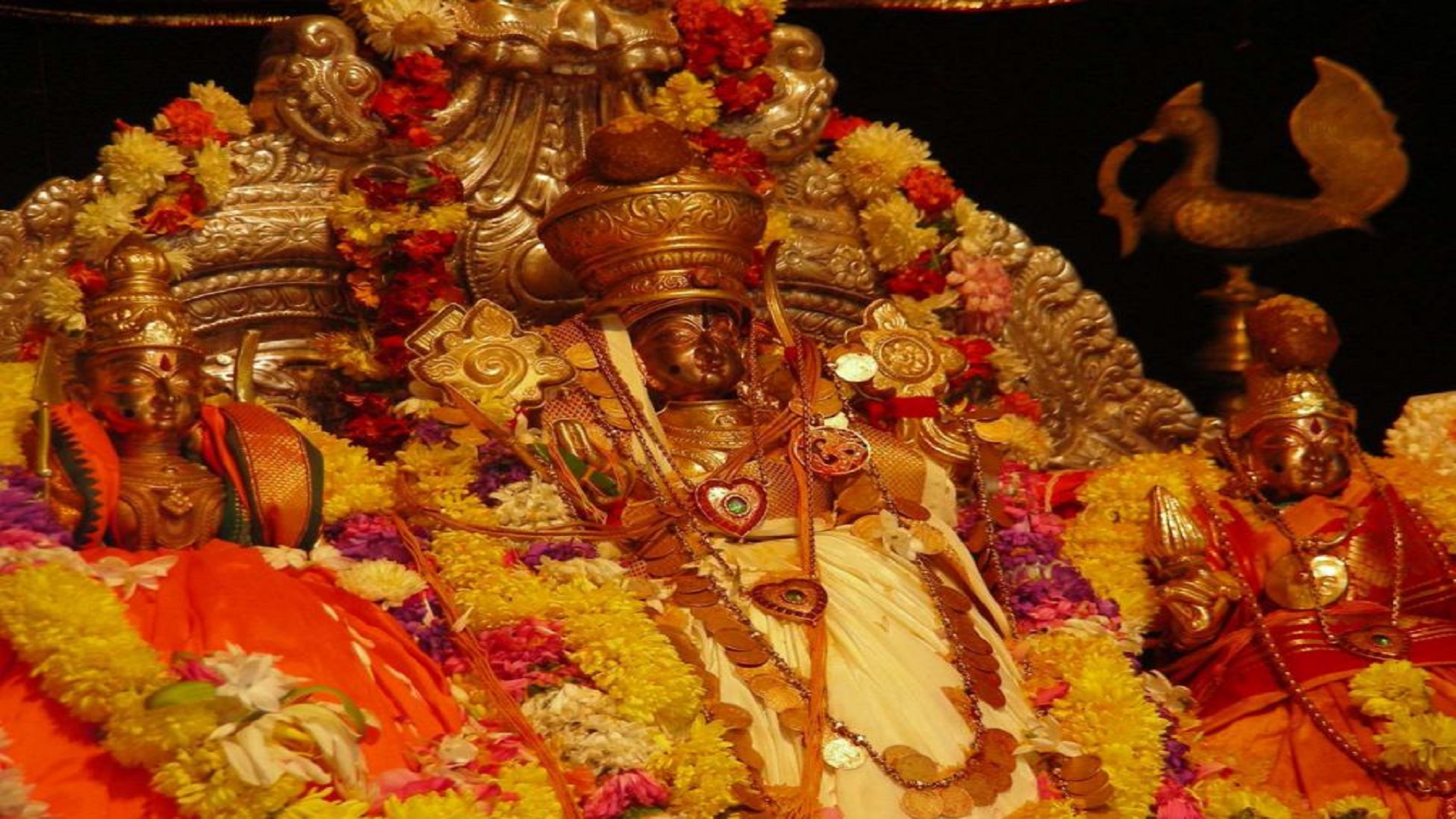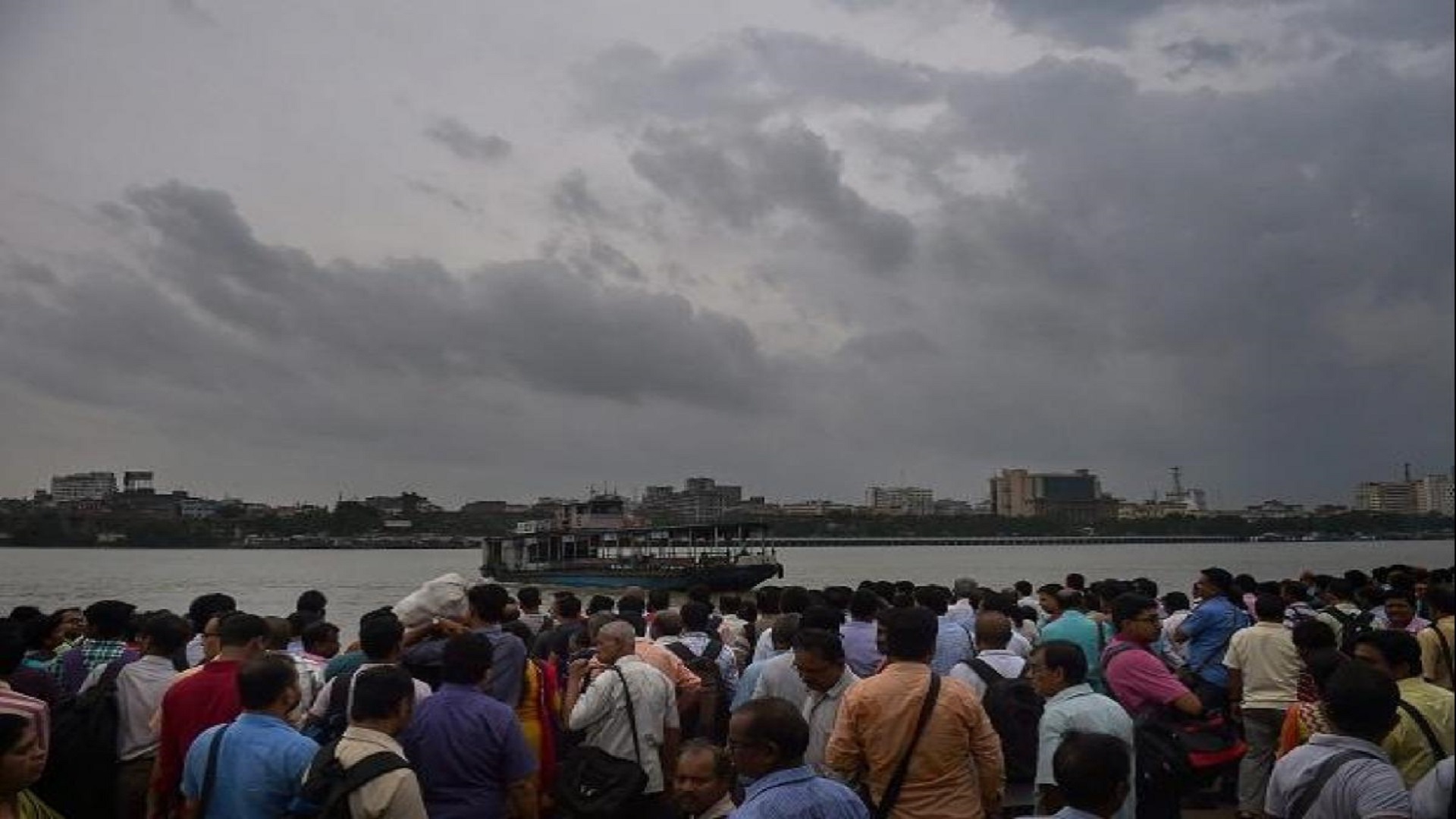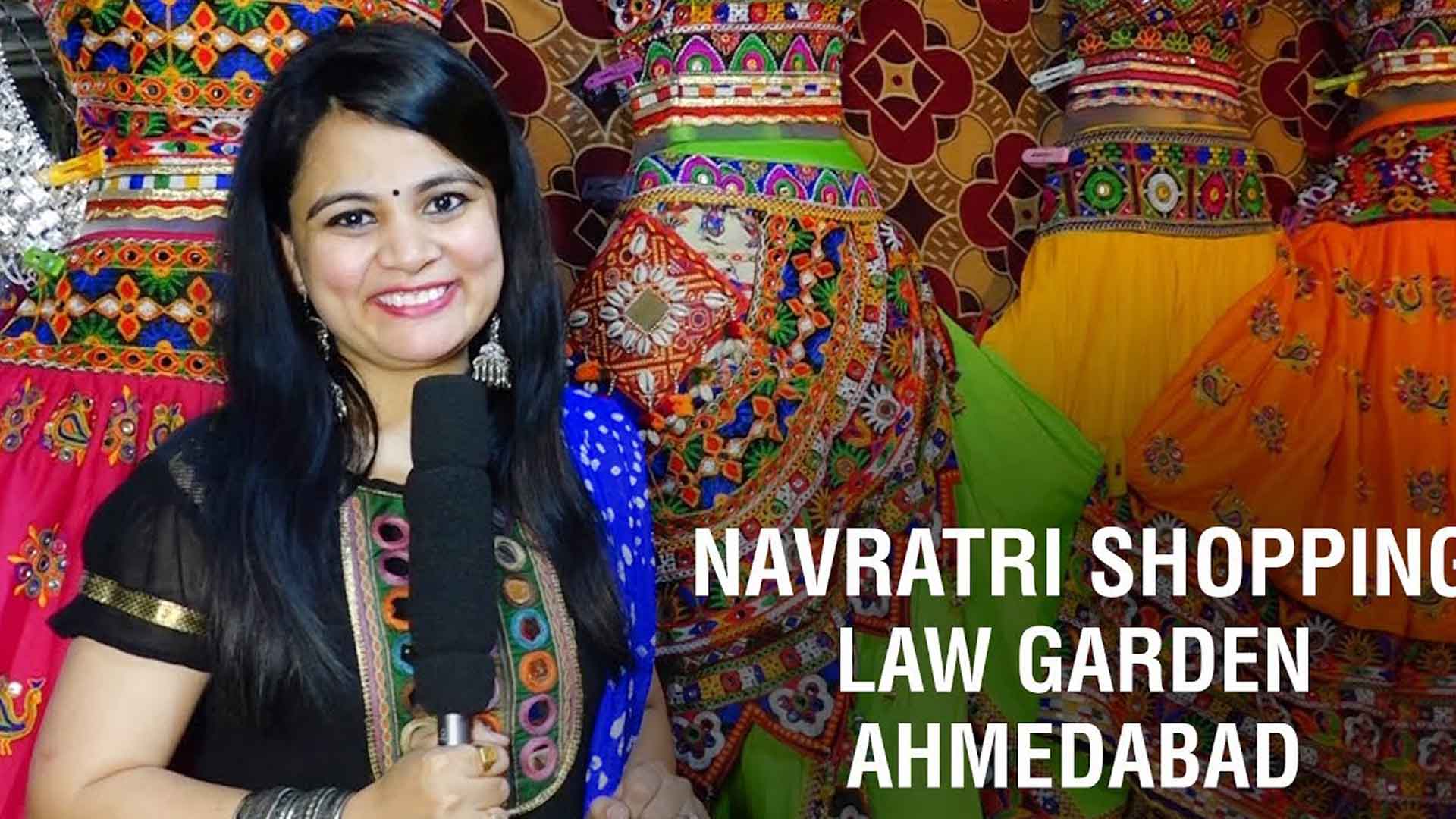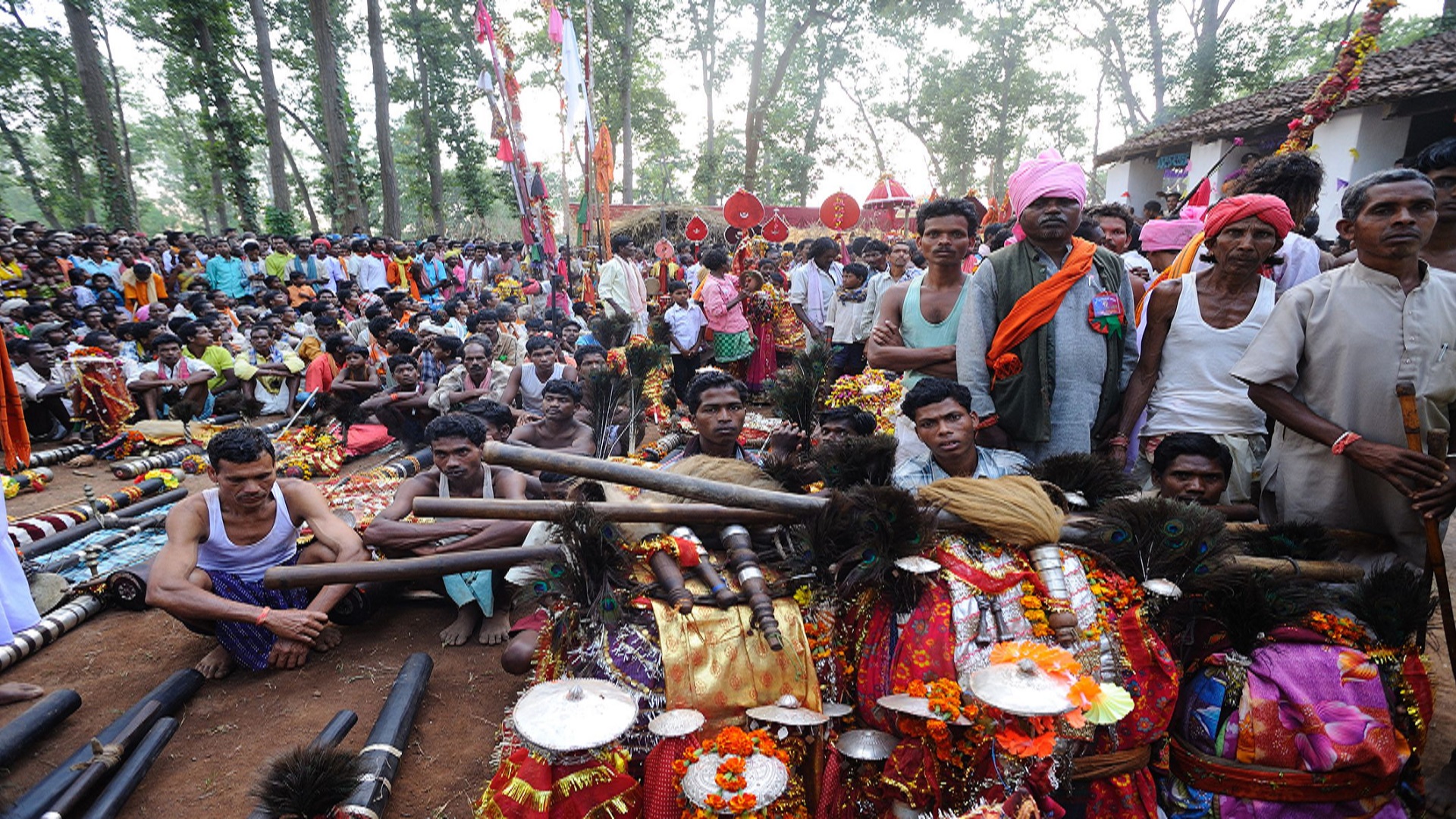
Did you know Dussehra is celebrated for 75 days in Bastar
Dussehra preparations are everywhere. This festival, which lasts only ten days in almost every place of the country, is celebrated in Bastar for 75 days which is tribal populated and famous for its historical geography and culture.
Bastar district, located in the southern part of Chhattisgarh, is very special due to its historical, geographical and cultural conditions. Bastar is known for its tribal population and their social, cultural behavior. Even today, the tribes of Halba, Bhatra, Muria, Madia, Dhurwa, Dorla etc. live in Bastar which actually reflects the Vanvasi culture. Although this region is famous for its tribal cultural events, but one of its important identity is the celebration of Dussehra here. In Bastar region, Dussehra is celebrated for about 75 days with the last fifteen being extremely special. The important thing is that here Dussehra is not related with the story of Ram-Ravana, but associated with the mother power.
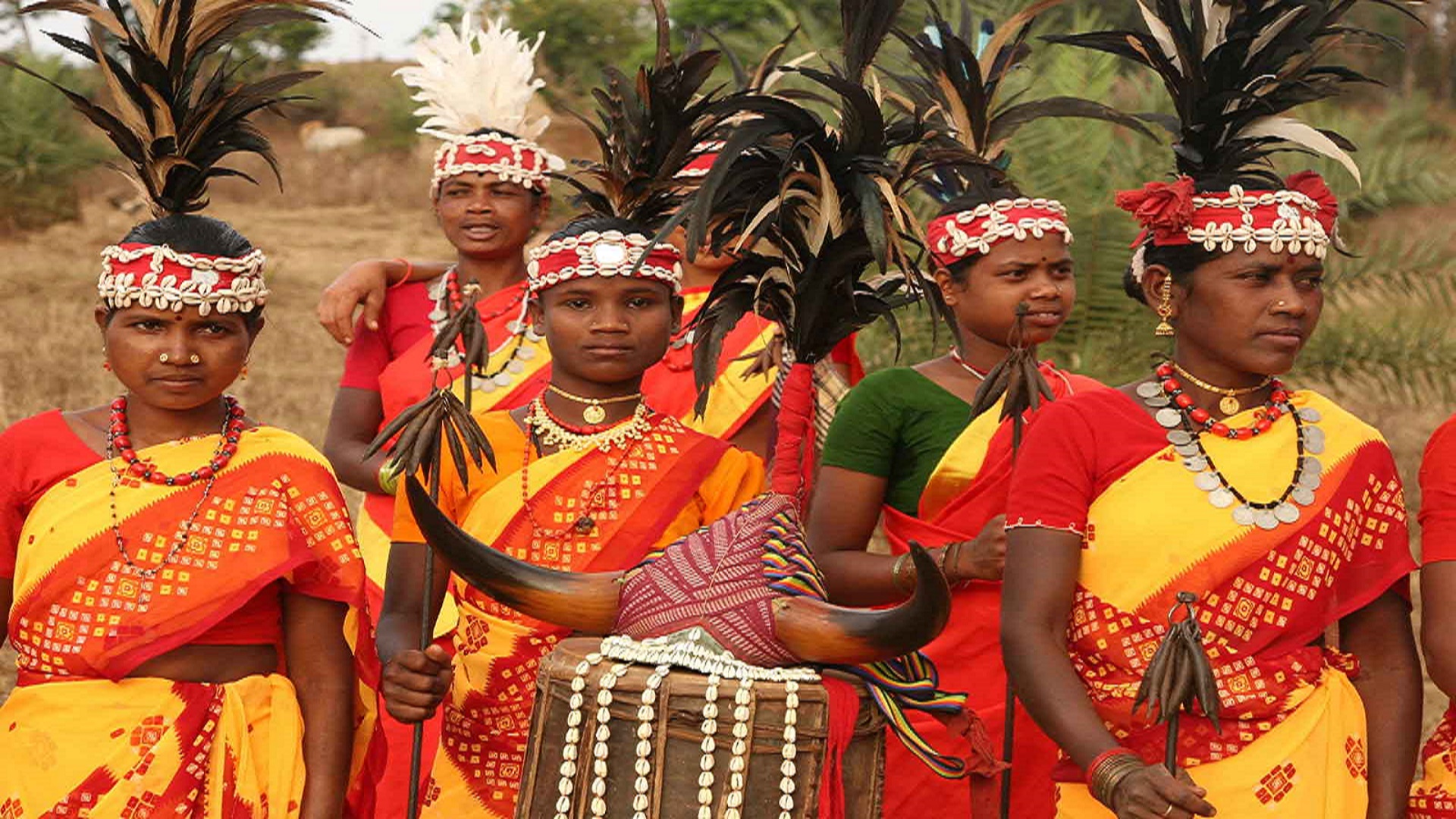 Bastar Dussehra
Bastar Dussehra
This is also special because the collective expression of devotion to the deity of the Kakatiya Raj family and reverence to Danteshwari Devi, the presiding deity of the folk life of Bastar region, is done through this festival. Bastar was ruled by Kakatiya in the 15th century. But the truth is that Bastar’s Dussehra is a mixture of mythological, historical, local vanvasi traditions, tantra cultivation etc. as a whole.
Participation of the King with residents
It is believed that in the fifteenth century, Kakatiya King Purushottam Dev of Bastar once traveled on foot from Bastar to Jagannathpuri accompanied with local tribals . On reaching the Jagannathpuri temple, King Purushottam Dev offered one lakh gold coins and jewelery to the temple. The king was declared ‘Rathpati’ in the temple. Embellished with the title of Rathpati, the king, after returning from the yatra, started the practice of chariot driving in Bastar during Dussehra. Since then, almost six century have passed but Dussehra in Bastar is celebrated with the same enthusiasm and potential, religeous and reverence towards Mother Danteshwari Devi. The presence of the Royal house as well as the participation of the local residents makes the event more auspicious. Rath Yatra is the main attraction of Bastar Dussehra.
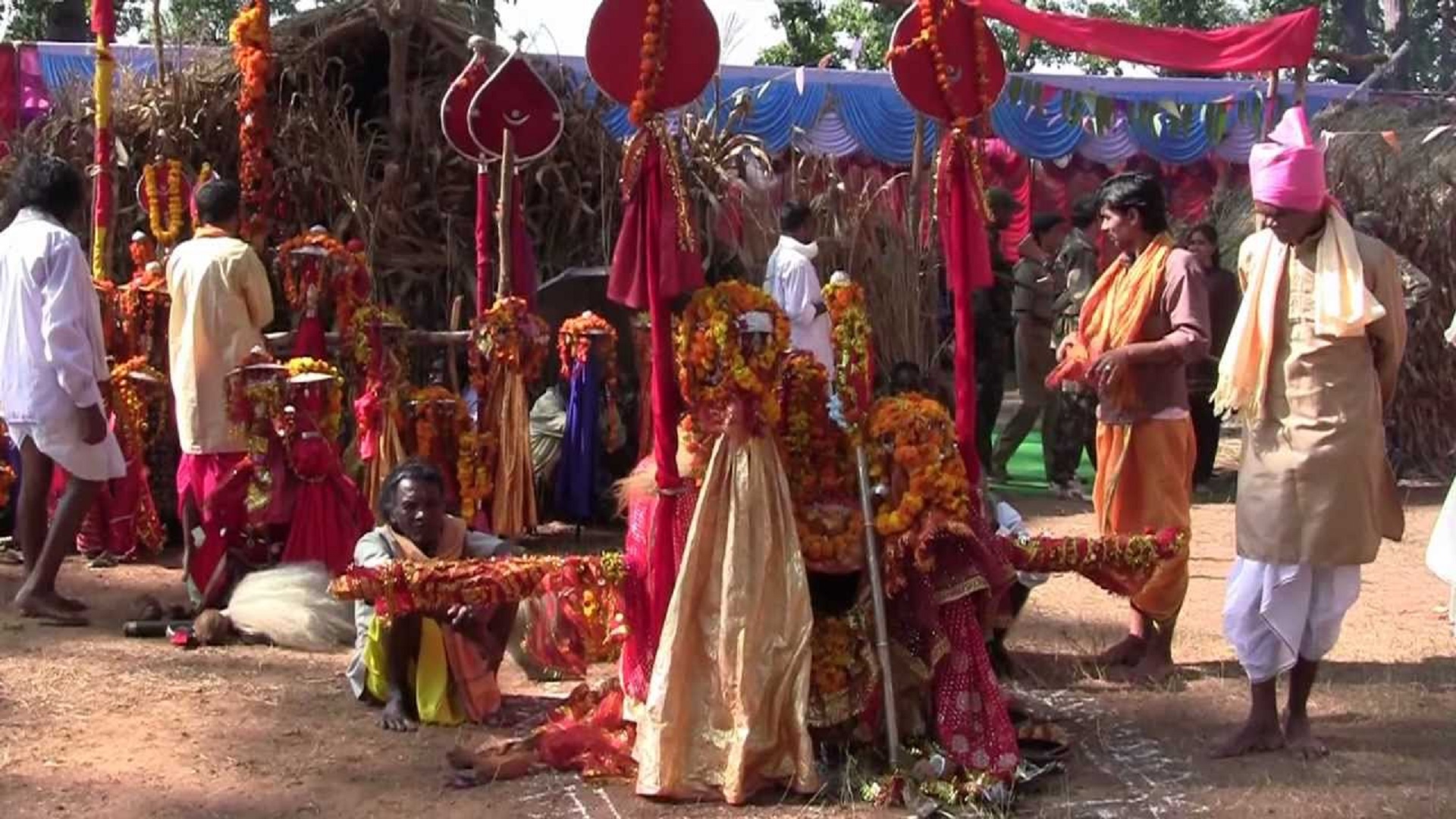 Importance of chariot
Importance of chariot
A giant chariot with twelve wheels was run in past and later on it was divided into two parts . The giant chariot is called the Rainy Chariot while the smaller chariot is called the flower chariot. A new chariot is prepared on each Dussehra. The chariot is made by the local forest dwellers. Different teams are divided to build different parts of the chariot, eg, Akhtar, Para, Mongar Mohi, Pillars, Scaffolding, Cantonment etc. Locals participate in bringing wood, chariot-making, making ropes, furnishing chariots, ladders and pulling chariots. Bastar Dussehra is a symbol of participation of community to such an extent that every village and individual of this region participates in this event.
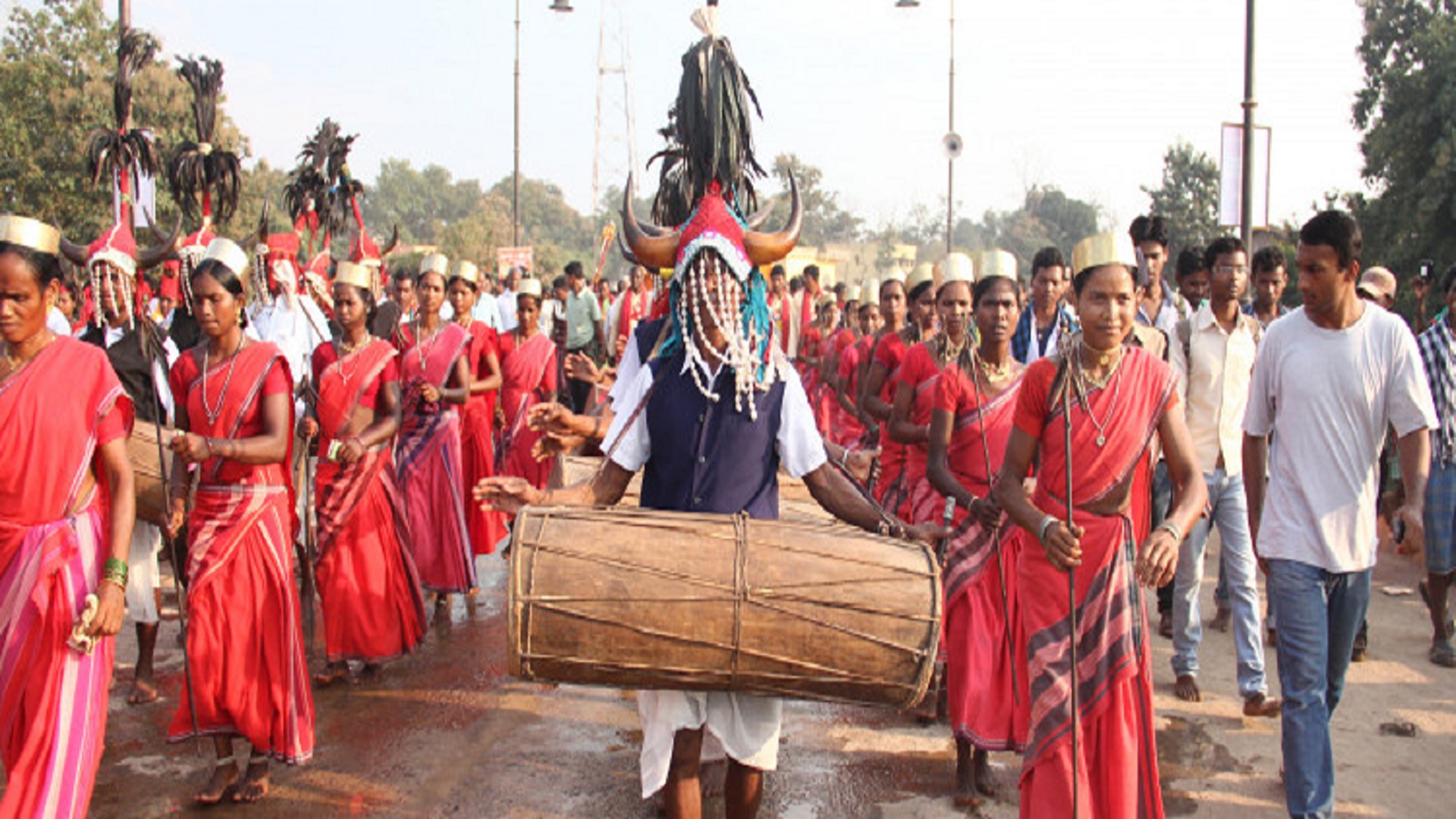 Traditions are many
Traditions are many
Bastar Dussehra, which lasts for 75 days, begins with ‘Pathajatra’. As part of the Pathjatra ritual, wood is collected from the forest by the local residents, which is used in making giant chariots. On the day of Ashwin Shukla Paksha Trayodashi, after the Jatha Jatra, the practice of pillaging in Sirasar in Jagdalpur is called Dariya. Actually this practice underlines the importance of forest and wood in Bastar’s public life. Fifteen days before Dussehra, its ceremonial begins with the program ‘Kachin Gadi’ i.e. ‘Gaddi to Kachin Devi’. As a symbol, an unmarried girl of the Mirgana caste is seated on the throne of the thorny twigs of the vine tree. After this, worship of the goddess, acceptance of celebrating Dussehra is obtained. After this event, the traditions of Jogi Sithai, Rath Parikrama, Nisha Jatra, Mavli Parghava, inner Raini, outside Rainy, Muria Darbar, Ohadi etc. are organized in sequential order. Starting from Kachinagadi, the event ends with Ohadi.
Attraction of folk culture
This mixture of community gaiety, enthusiasm, participation, coordination, eagerness gives the event of new heights. Nisha-Jatra program takes place on Durgashtami which is mainly a tantric ritual. On the evening of Ashwin Shukla Navami, the Jogi sitting in the Sirarsar ceremony is performed ceremonially. On the same night, Mavli-Parghava (Mavali Devi’s reception) takes place, under which the Mavli-idol is reverentially brought from Dantewada to the Doli of Danteshwari. On the evening of Ashwin Shukla Dwadashi, the general assembly of rural and urban chiefs in Sirhasar, called Muria-Darbar, is held in the evening for happiness of Dussehra. In this court, they use to exchange the ideas between the king and the subjects, but at present, political heads and local administrative officials are participating in the court. Local folk songs, traditional musical instruments make the event even more attractive.






